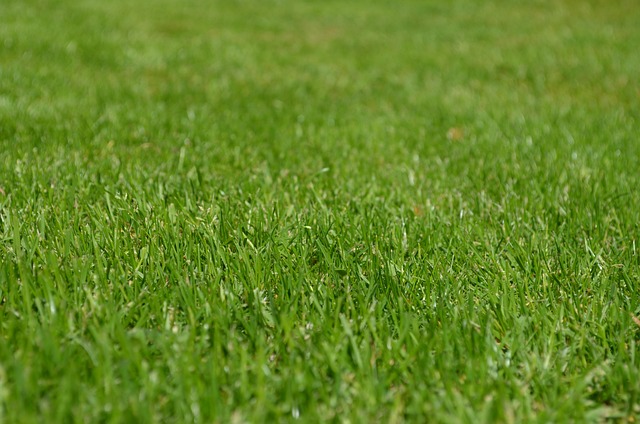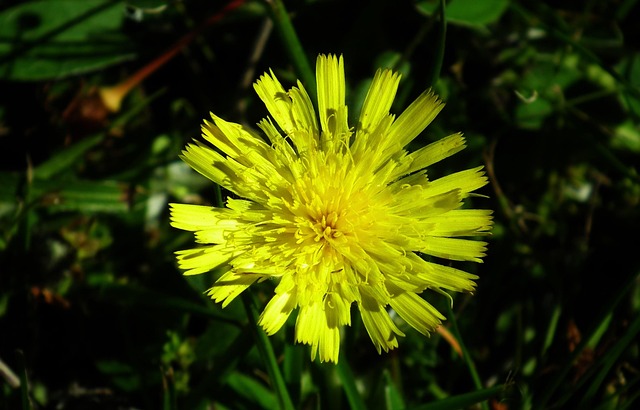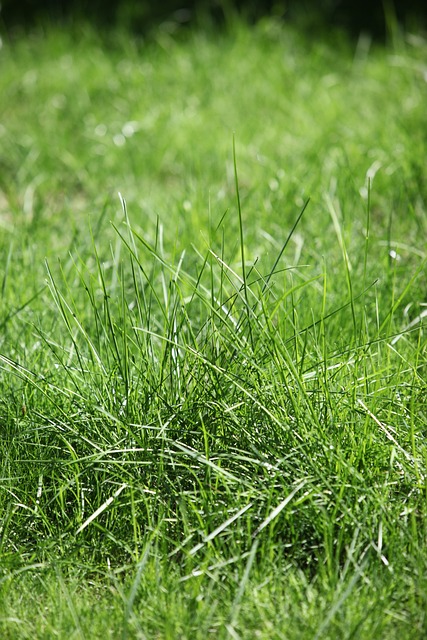Lawn plants face drought stress in summer or regions with limited rainfall, showing symptoms like wilting and browning leaves. In Thornton's harsh winters, fall lawn fertilization is vital for building winter hardiness. This strategy strengthens the root system and overall plant vigor, making lawns resilient against drought and cold temperatures. By combining fall fertilization with organic matter incorporation, lawns stay vibrant and require less frequent watering during prolonged dry spells.
In Thornton and beyond, maintaining a lush lawn during dry periods presents a significant challenge. Understanding drought stress in lawn plants is the first step towards ensuring their resilience. This article offers comprehensive solutions, focusing on the transformative power of fall lawn fertilization as a key strategy for enhancing winter hardiness. We also explore additional techniques to bolster lawn health and resilience during prolonged droughts, providing practical insights tailored for Thornton’s climatic conditions.
- Understanding Drought Stress in Lawn Plants
- Fall Lawn Fertilization: A Strategy for Winter Hardiness
- Additional Solutions to Enhance Lawn Resilience During Dry Periods
Understanding Drought Stress in Lawn Plants

Lawn plants, much like any other living organism, experience stress when subjected to prolonged dry spells. Drought stress is a common issue, especially during summer months or in regions with limited rainfall. Understanding this stress response is key to implementing effective solutions. When lawn plants lack adequate water, they undergo physiological changes to conserve resources and survive. This can lead to symptoms like wilting, browning leaves, and reduced growth.
In Thornton, where winters can be challenging for lawn health, fall lawn fertilization plays a crucial role in building winter hardiness. Proper nutrition enhances the plant’s ability to cope with drought stress by strengthening its root system and overall vigor. This preparation during the fall season ensures that lawn plants enter the dry winter months in optimal condition, increasing their resilience against drought stress.
Fall Lawn Fertilization: A Strategy for Winter Hardiness

In Thornton, fall lawn fertilization is a strategic approach to prepare your lawn for the harsh winter months ahead. As the seasons change, temperatures drop, and rainfall decreases, it’s crucial to provide your lawn with essential nutrients to enhance its hardiness and resilience. This process involves applying specific fertilizers at the right time to ensure your grass receives the necessary fuel for healthy growth during the colder season.
By fertilizing in the fall, you’re targeting key growth hormones and promoting deep root development, which is vital for surviving drought conditions. This strategy not only strengthens your lawn against winter stress but also contributes to a lush, vibrant carpet come spring, setting the foundation for a robust and healthy lawn year-round.
Additional Solutions to Enhance Lawn Resilience During Dry Periods

During dry periods, enhancing your lawn’s resilience requires a multi-faceted approach. Beyond water conservation measures, consider fall lawn fertilization to boost winter hardiness in Thornton’s challenging climate. Applying the right fertilizers at this critical time strengthens grass roots, making them more robust against drought stress and cold temperatures.
Additionally, mixing in organic matter like compost or straw can improve soil structure, allowing better water retention and nutrient absorption. This practice not only supports healthier grass but also reduces the need for frequent watering. By combining these strategies, Thornton residents can ensure their lawns remain vibrant and resilient even during prolonged dry spells.
In conclusion, addressing lawn plant drought stress requires a multi-faceted approach. Understanding the causes and effects of drought stress is the first step, followed by implementing strategies like fall lawn fertilization to enhance winter hardiness. Additionally, adopting water-efficient practices and using drought-tolerant grass species can significantly improve lawn resilience during dry periods. For Thornton residents looking to maintain a vibrant lawn despite seasonal challenges, these solutions offer a comprehensive guide for healthier, more resilient turf.
